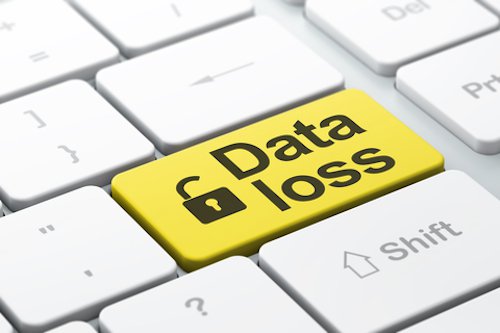The concept of Data Loss Prevention (DLP) has undergone significant changes in recent years. Once a standalone solution, it has now been absorbed into more comprehensive security offerings that provide a range of options. To fully understand the current state of DLP and its role, it is important to consider its evolution.
DLP first emerged in the early 2000s when data protection became a critical concern. At the time, data was primarily exchanged through email and network traffic was unencrypted. DLP was introduced as a singular tool dedicated to preventing data from leaving the network or data center through unsafe protocols such as HTTP and SMTP. It focused on identifiable, regulated data that could be easily controlled and monitored. The primary goal was to ensure that sensitive information did not leave the network without authorization.
However, as technology advanced and data volumes exploded, DLP faced new challenges. The advent of cloud computing and the increasing connectivity of the world required DLP to expand its capabilities. Organizations needed solutions that could track data across multiple environments, including the cloud, handle huge amounts of data, and ensure compliance with various regulations such as GDPR, CCPA, HIPAA, and more.
Unfortunately, traditional DLP solutions were ill-equipped to meet these demands. They lacked the capabilities to handle the scale and complexity of modern data environments. In response, DLP providers had to make a choice – adapt or be overshadowed by more agile offerings. The industry took a middle-ground approach, incorporating DLP into broader strategies while also exploring alternative solutions.
Today, DLP can still be found in the cybersecurity landscape, but it has evolved significantly. The decline of DLP as a standalone solution was even noticed by industry experts, such as cybersecurity provider Cyberhaven, which questioned the discontinuation of the Gartner Data Loss Prevention Magic Quadrant in 2018. In recent years, DLP has been incorporated into broader data risk management strategies, with a focus on people, technology (DLP), and processes. Secure Service Edge (SSE) and Insider Risk Management (IRM) have also adopted components of DLP, expanding their data security capabilities. Additionally, Data Detection and Response (DDR) solutions have absorbed DLP functionalities, further demonstrating its evolution.
However, for organizations looking to address specific data loss concerns without a complete overhaul of their strategies, there is good news. The remaining DLP providers have adapted to the changing landscape. Next-generation DLP solutions now incorporate content analysis and offer contextual insights, reducing false positives and enabling meticulous monitoring of data lineage. These advanced tools go beyond traditional pattern searching, allowing them to detect anomalies and potential data breaches even when there is no recognizable pattern. This evolution has transformed DLP from a low-horsepower option to a highly capable solution that can address complex data loss challenges.
While the DLP landscape has changed, the legacy of DLP lives on. Its elements have been adopted and improved in multiple offerings, and pure-play DLP solutions have continued to evolve. This phoenix-like rebirth has ultimately benefited the Data Loss Prevention category, pushing it to adapt and enhance its capabilities.
In conclusion, DLP has transitioned from a standalone solution to a component of broader data risk management strategies and other security offerings. While traditional DLP faced limitations in addressing modern data loss challenges, next-generation DLP solutions have emerged, incorporating advanced technologies and offering enhanced capabilities. The evolution of DLP reflects the changing nature of data protection and the constant need for innovative security solutions.


